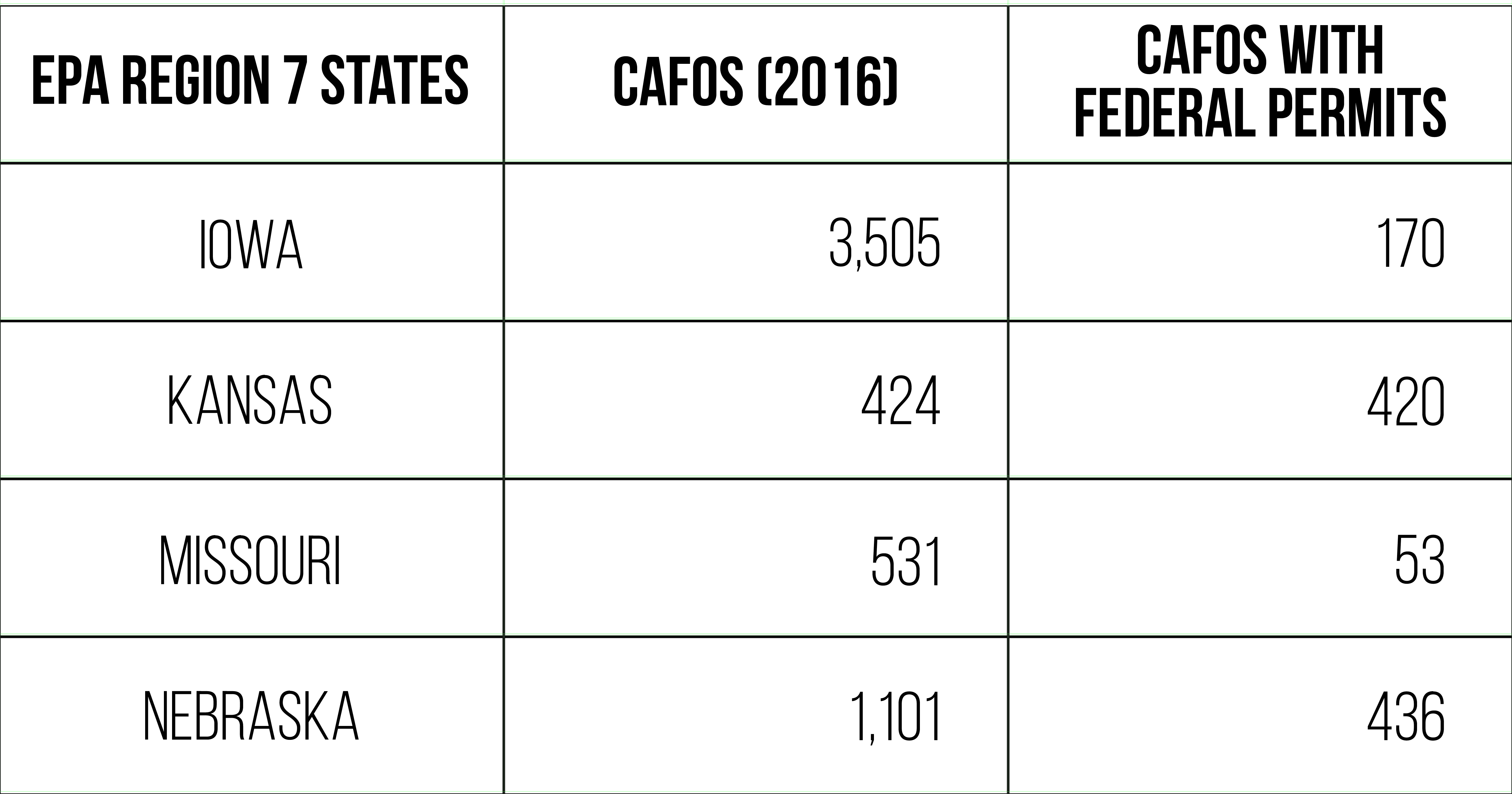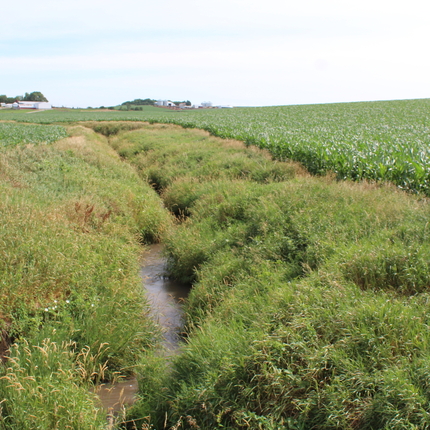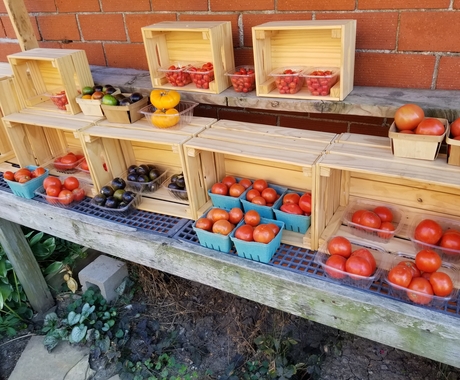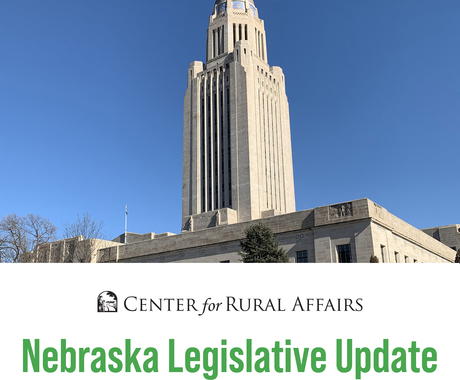By Katie Rock, former staff member
At a time when people feel incredibly divided and polarized, some issues still resonate across the spectrum. In rural areas, these issues include eminent domain, farm profitability, and viable, vibrant rural communities. Another issue increasingly joining this group in Iowa is the widespread growth of concentrated animal feeding operations (CAFOs). A CAFO is defined as an agricultural enterprise where animals are raised in confinement, with a minimum of 1,000 animal units (which is 700 dairy cows, 1,000 beef cattle, 2,500 hogs, or 30,000 chickens) confined for 45 days per year.
In my first few months working on water quality in Iowa, I have asked people what their top concerns are. Over and over, people are concerned about CAFOs and how their continued growth threatens rural water supplies all over the state.
I remember very clearly how raising hogs changed in the mid-1990s, because it was part of my childhood. Everyone in our rural area raised hogs, and my cousins and I would play in the small A-frame sheds that provided shelter for grazing hogs, hornet’s nests and all. All of that changed when the hog market crashed in 1998. The rise of large, corporate farms flooded the market with an oversupply of market hogs, depressing prices, and pushing small farmers out of business. Within a few years, all of our neighbors stopped raising hogs and were replaced by one large confinement selling manure as fertilizer for pennies on the acre.
Fast forward 20 years – Iowa leads the country with more than 3,500 CAFOs, as defined under the Clean Water Act. To put it in perspective, neighboring states have far less and face stricter regulations (See Table). Minnesota has the second highest number of CAFOs with 1,300. Wisconsin has 288, and Illinois has 279.
The rising number of CAFOs has coincided with the rise of impaired waterways across the state. More than half of the tested water bodies in Iowa are impaired. When North Carolina saw similar impacts in their water quality as CAFOs expanded across the state, they imposed a moratorium on any new sites in 1997. They adapted the rules 10 years later with strict constrictions. Now, they have 1,222 CAFOs, a boundary Iowa has blown past long ago.
Iowans take pride in their agricultural heritage and success, and they are good at raising hogs. But, it comes at a cost and a sacrifice. Other states have drawn lines around what they are willing to pay to have a thriving livestock industry. And, Iowa has not – which is a reflection of our values. But, is it an honest reflection?

Table: Total number of CAFOs and number under federal permit in 2016 for EPA Region 7 states.





